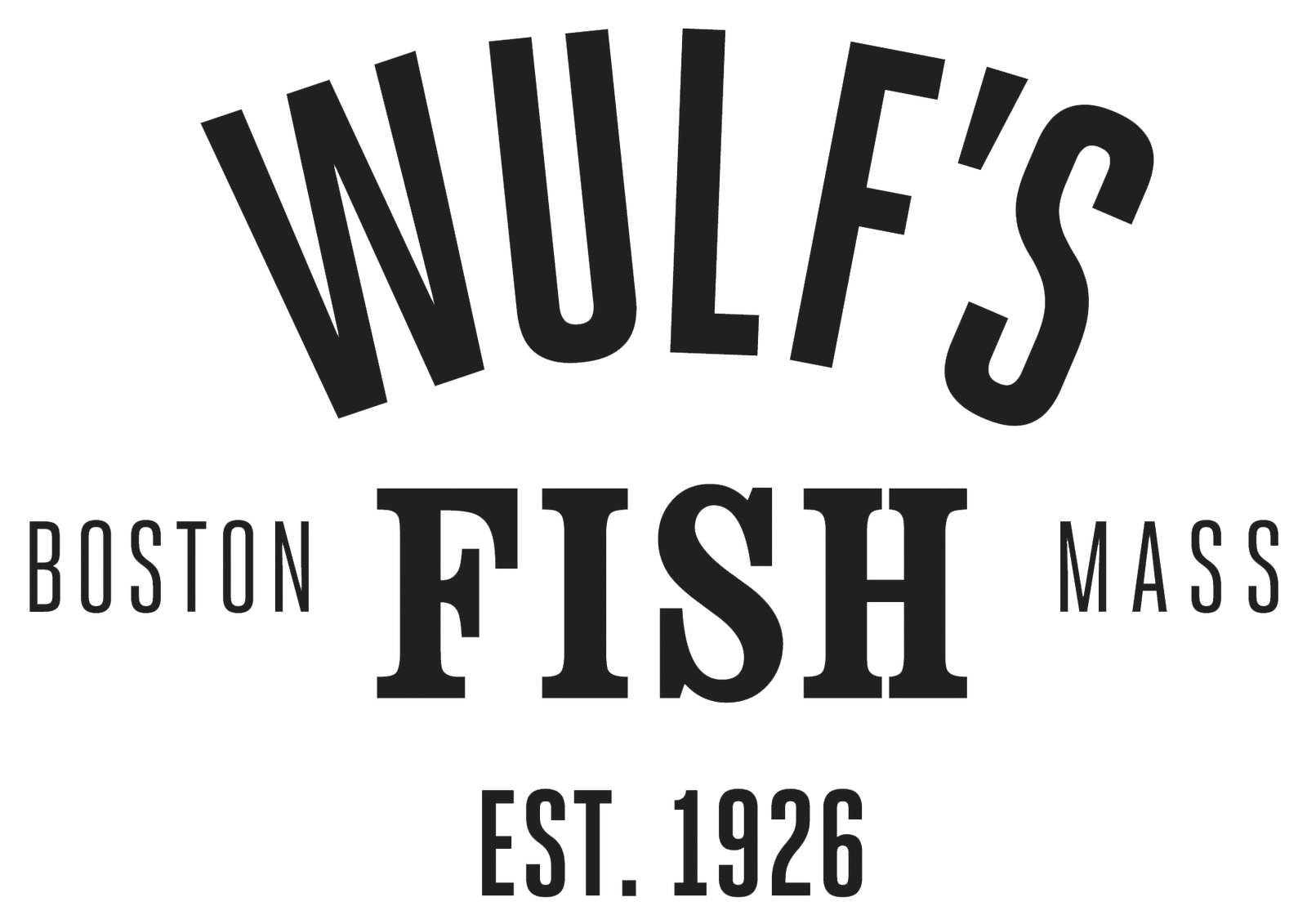
Caviar: It’s not just for New Year’s Eve anymore. At Wulf’s, we carry about a dozen different types of caviar and roe (we’ll get to the difference in a minute) at a range of price points — some tins are priced for special occasions, while some are best used as garnish on everything from latke to pasta to hot dogs. Consider this your introduction to the ins and outs of our favorite fish eggs.
The difference between caviar and roe
Caviar refers to salted eggs from a female sturgeon. Historically, these eggs were harvested from fish in the Black and Caspian Seas, which flank Russia. Today’s caviar comes mainly from farm-raised sturgeon (which is good news for threatened Caspian sturgeon populations), so they’re sourced from all over the world, including California, France, and Poland.
There are over two dozen subspecies of sturgeon caviar (some of the more recognizable names include Beluga, Sevruga, and Kaluga). Not all caviar comes from farmed fish, though — our Bowfin, Paddlefish, and Hackleback caviars all come from wild domestic species. Roe refers to salted fish eggs from other fish species, such as salmon and trout.
Giving caviar a grade
Caviar suppliers grade their products on a range of qualities, including egg size, color, firmness, and flavor. In higher grade caviar, says Wulf’s sales director Desiree Antczak, the pearls are large, firm, and plump. They’ll have a glossy sheen in a range of colors from pale grey and amber to darker chocolate hues. Flavors are subtle, but in products like our California Sturgeon caviar, expect butter and brine with a velvety finish.
These, along with the mild Hackleback, are the caviars you’d most expect to eat in the traditional way — dolloped over creme fraiche atop a blini (or a potato chip, house fave around here), or just straight off a spoon, paired with a creamy Champagne or an ice-cold vodka.
Some of the less pricey varieties, like the Bowfin, have less distinct grains and a more assertively salty flavor. What they lack in subtlety they make up for in versatility, says Antczak. “Restaurants might use Bowfin as a garnish,” for a briny hit to top off a dish.
Ditto the salmon and trout roes. Tobiko, the flying fish roe, has tiny pearls, a fiery orange color, and a nice crunch but mild flavor. It’s a perfect final addition to a dish for a textural point that won’t get in the way of the dish’s flavor. Ikura eggs, by contrast, from salmon, are large, plump, and filled with a juicy sweet-salinity.
“I find it to be a lot like wine,” she says. “If you like something, it doesn’t matter what you paid for it [or how you eat it, or what you drink with it], just enjoy it.”
Where to start
A fun thing to do, says Antczak, is a side-by-side tasting of a number of types of the pearls to see how they compare and contrast. “Taste Bowfin next to Paddlefish, Paddlefish next to Hackleback, Hackleback next to California Sturgeon.” It will help familiarize you with the different types, as well as help you understand what qualities you appreciate about each. “I find it to be a lot like wine,” she says. “If you like something, it doesn’t matter what you paid for it [or how you eat it, or what you drink with it], just enjoy it.”









